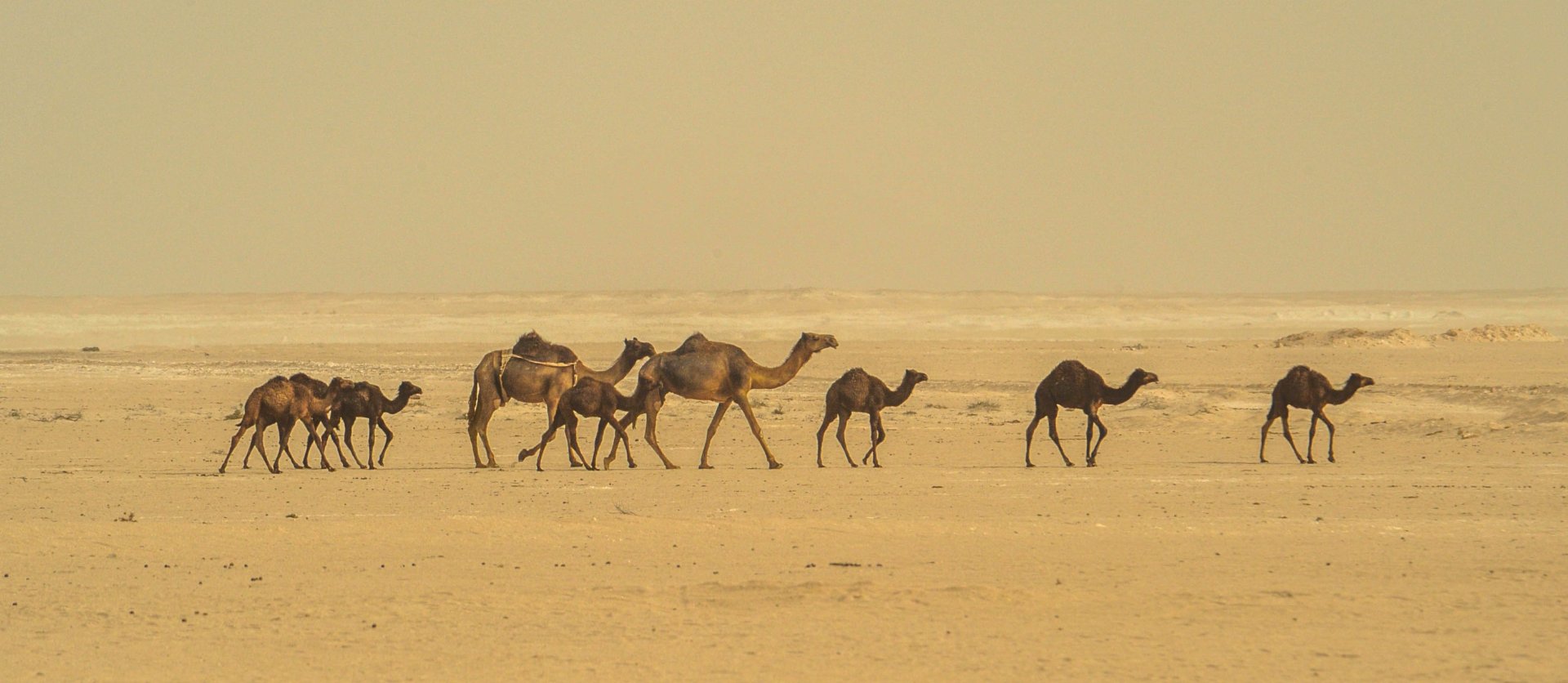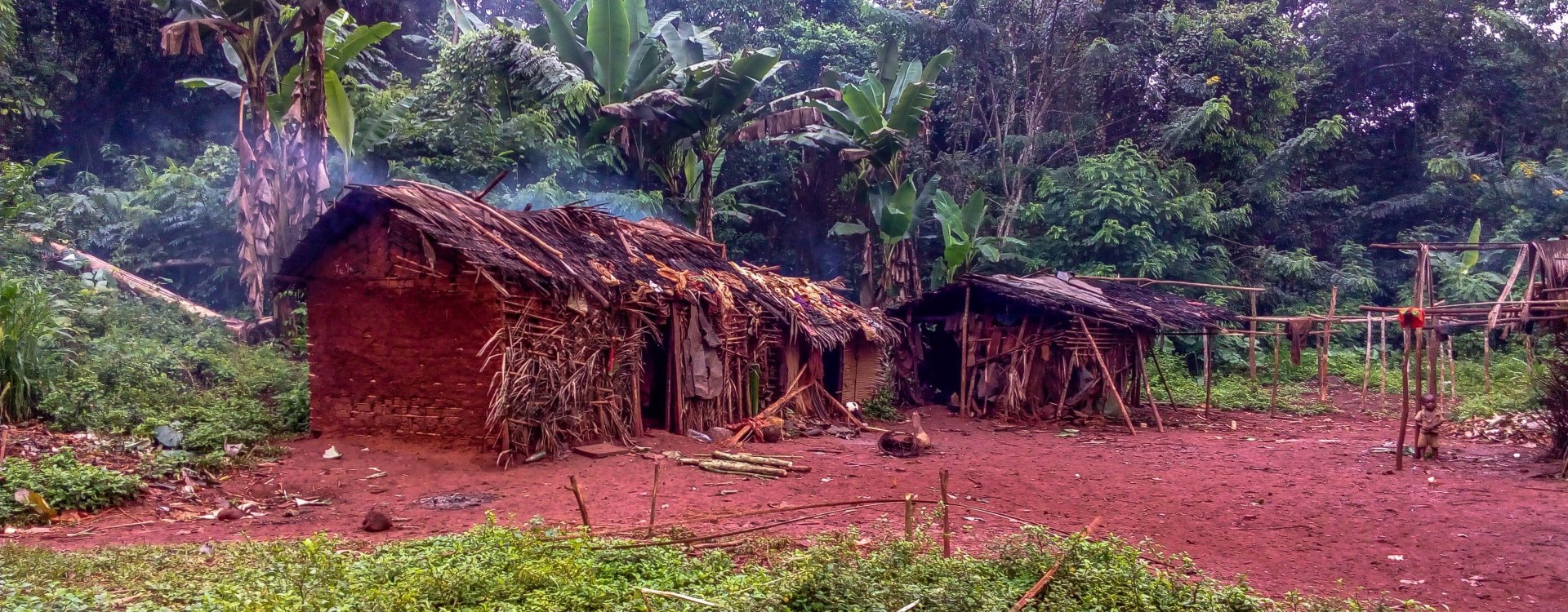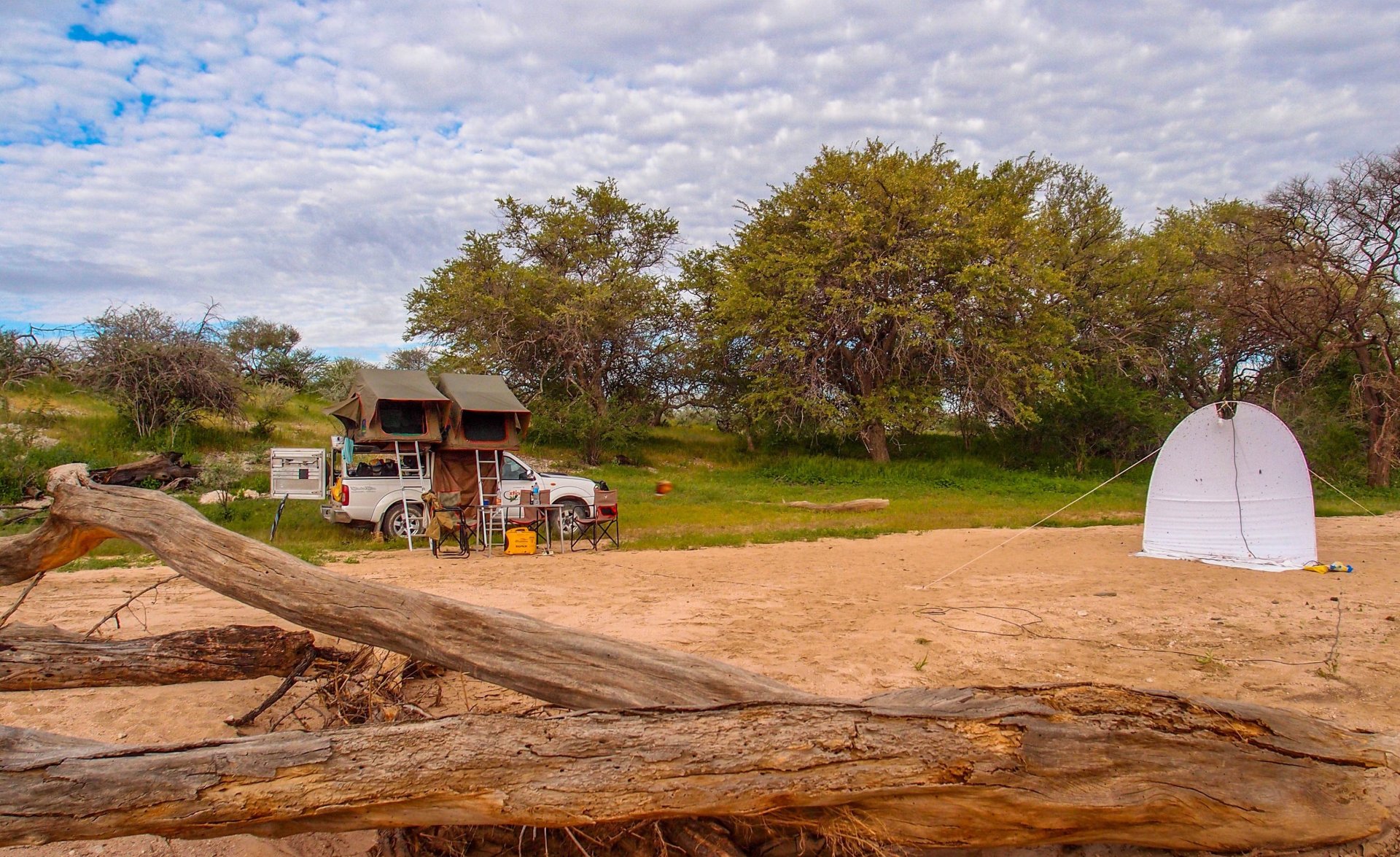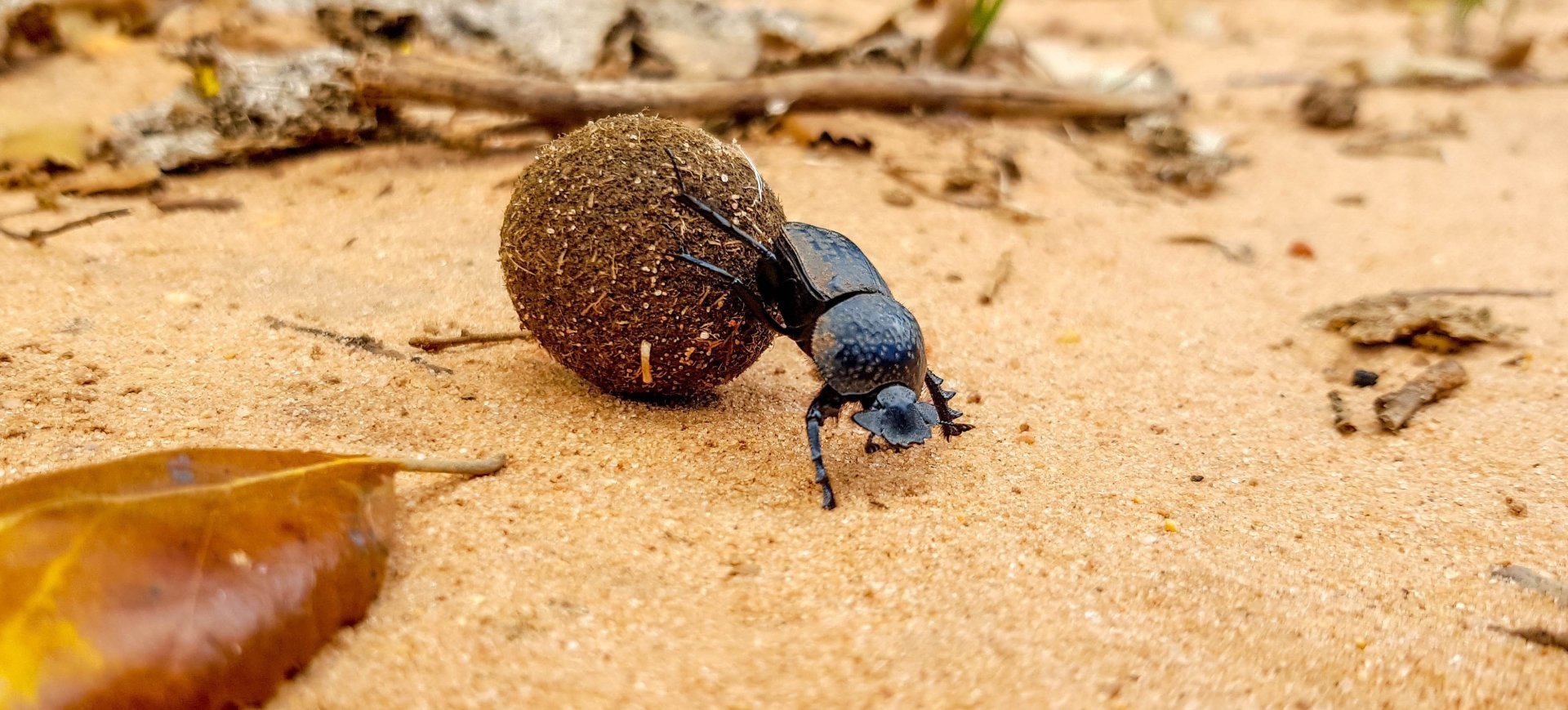







![]() Information: Rhynchophorus ferrugineus (red weasel) was described by Olivier in 1791 from India.
Information: Rhynchophorus ferrugineus (red weasel) was described by Olivier in 1791 from India.
The red palm weevil (RPW) Rhynchophorus ferrugineus (Olivier) (Coleoptera: Curculionidae) is a palm borer native to South Asia, which has spread mainly due to the movement of crypti-cally infested planting material to the Middle East, Africa and the Mediterranean during the last two decades. Globally, the pest has a wide geographical distribution in diverse agro-climates and an extensive host range in Oceania, Asia, Africa and Europe. The RPW is reported to attack over 40 palm species belonging to 23 different genera worldwide. Although it was first reported as a pest of coconut (Cocos nuci fera) in South Asia, it has become the major pest of date palm (Phoenix dactylifera), and the Canary Island date palm (CIDP) (P. canariensis) in the Middle East and Mediterranean basin, respectively. Recent invasions suggest that it is a potential threat to P. dactylifera plantations in the Maghreb region of North Africa and a vari-ety of palm species in the Caribbean, continen-tal USA and southern China.
Body length: 20 - 50 mm
Peak activity: January - December (depends on region)
![]() Remarks:
Remarks: ![]() invasive species
invasive species ![]()
Females lay their eggs in the soft tissues of palm trees, and after hatching, the larvae burrow deep into the trunk, feeding on the inner tissues. This feeding weakens the structural integrity of the tree, often leading to its death.
Infestations are hard to detect early on because the larvae tunnel inside the tree, out of sight. By the time external symptoms like wilting fronds or holes in the trunk appear, the damage is often severe.
![]() Distribution: Albania, Algeria, Australia, Bahrain, Bangladesh, Belgium, Brazil, Cambodia, China, Comoros, Cyprus, Egypt, France, Greece, India, Indonesia, Iran, Iraq, Israel, Italy, Jordan, Kuwait, Laos, Lebanon, Libya, Malaysia, Maldives, Malta, Mauritania, Morocco, Myanmar, Oman, Pakistan, Palestine, Philippines, Portugal, Qatar, Réunion, Saudi Arabia, Seychelles, Spain, Sri Lanka, Sudan, Syria, Thailand, Tunisia, Turkey, United Arab Emirates, United States, Vietnam, Yemen .....
Distribution: Albania, Algeria, Australia, Bahrain, Bangladesh, Belgium, Brazil, Cambodia, China, Comoros, Cyprus, Egypt, France, Greece, India, Indonesia, Iran, Iraq, Israel, Italy, Jordan, Kuwait, Laos, Lebanon, Libya, Malaysia, Maldives, Malta, Mauritania, Morocco, Myanmar, Oman, Pakistan, Palestine, Philippines, Portugal, Qatar, Réunion, Saudi Arabia, Seychelles, Spain, Sri Lanka, Sudan, Syria, Thailand, Tunisia, Turkey, United Arab Emirates, United States, Vietnam, Yemen .....
Zoogeographic region: Afrotropical, Palearcti, Oriental, Austraalasian, Neotropical
![]() Taxonomic classification:
Taxonomic classification:
[originally Familia : Curculionidae]
![]() Material examined (& observation):
Material examined (& observation):
Iran ![]()
Hormozgān province
Bandar Abbas county
Ḩasan Langī-ye Bālā village env. (حسن لنگي بالا)
(GPS) ![]()
Altitude 150 m a.s.l. | 25.5.2014
![]() Our observation period: May ~ Jun
Our observation period: May ~ Jun![]() Sampling Methods: on palm trees
Sampling Methods: on palm trees ![]()
 Iran (Islamic Republic of)
Iran (Islamic Republic of)